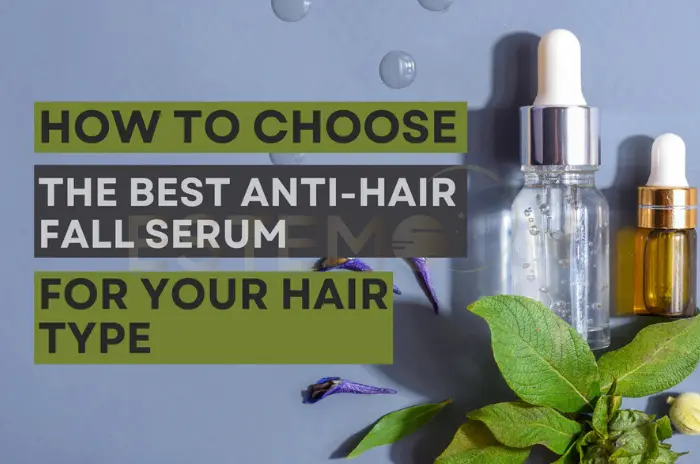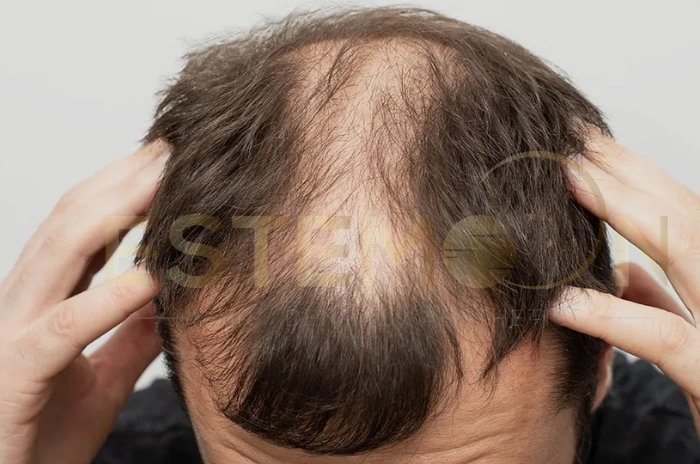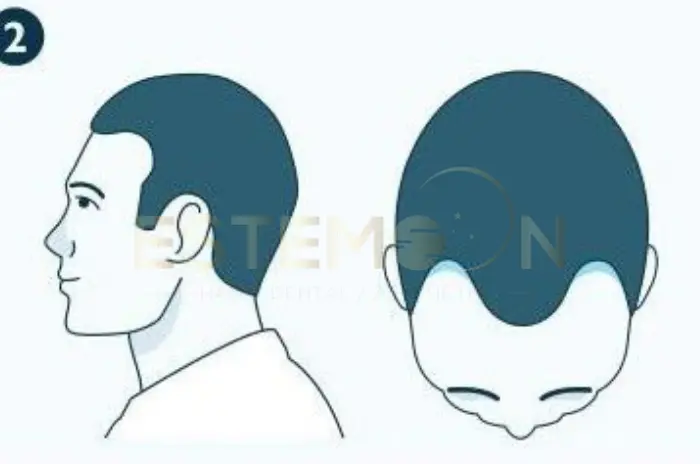Hair oils are an essential part of a comprehensive hair care regimen, as they help address several common hair concerns such as dryness, frizz, damage, and hair thinning. They are rich in essential nutrients, vitamins, and fatty acids, which nourish your hair and scalp, offering both immediate and long-term benefits.
Integrating hair oils into your routine doesn’t just enhance the appearance of your hair but also promotes its overall health. Whether you have dry, damaged hair or are looking to prevent hair loss, selecting the right hair oil can make all the difference in achieving your desired results.
Hair oils help with moisture retention, smoothness, growth stimulation, and scalp health. For those experiencing hair thinning or hair loss, oils such as castor oil can stimulate hair follicles and improve blood circulation to the scalp. On the other hand, oils like argan oil and coconut oil are perfect for managing frizzy hair and giving it a natural shine.
In this article, we’ll delve into the different types of hair oils, their unique benefits, how to apply them correctly, and common mistakes to avoid.
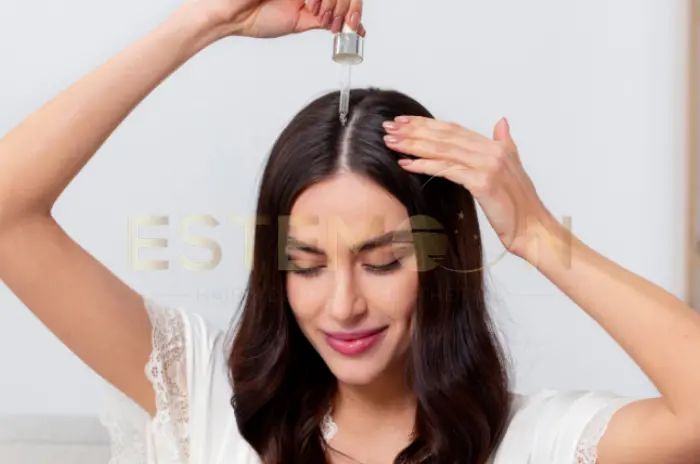
Popular Hair Oils and Their Benefits
Understanding which oil suits your hair type and addresses your concerns is essential for maximizing the benefits. Here’s an in-depth look at some of the most popular hair oils and how they can help you achieve healthier, more manageable hair.
Coconut Oil: Deep Moisture and Strength
Key Benefits:
Deeply penetrates the hair shaft to provide moisture and strength
Helps prevent protein loss
Enhances softness and shine
Best For:
Dry and damaged hair
How It Helps:
Coconut oil is known for its deep moisturizing properties, making it ideal for dry or damaged hair. The oil contains lauric acid, which easily penetrates the hair shaft, ensuring moisture reaches the core of the strand. This prevents protein loss, which is crucial for maintaining the hair’s structural integrity. Regular use of coconut oil can lead to healthier hair with less breakage, making it a great option for individuals struggling with brittle or weak hair.
Argan Oil: Shine and Frizz Control
Key Benefits:
Adds natural shine
Controls frizz
Contains essential fatty acids and antioxidants
Best For:
Frizzy, coarse hair
How It Helps:
Argan oil is a powerhouse for controlling frizz and promoting shine. Rich in vitamin E, antioxidants, and essential fatty acids, it smoothens the hair cuticle and adds a natural, glossy shine without weighing the hair down. Argan oil also protects the hair from heat damage, making it an excellent choice for individuals who use hair styling tools. With regular use, it transforms frizzy, unmanageable hair into sleek, shiny, and healthy-looking strands.
Castor Oil: Growth and Scalp Stimulation
Key Benefits:
Stimulates hair growth
Improves scalp circulation
Thickens and strengthens hair
Best For:
Thinning hair or hair loss
How It Helps:
Castor oil is well-known for its ability to stimulate hair growth and improve scalp health. It contains ricinoleic acid, which enhances blood circulation to the scalp, ensuring that hair follicles receive the nutrients they need for healthy growth. Castor oil also has antifungal and antibacterial properties that help prevent scalp infections, which can contribute to hair loss. Its thick consistency makes it ideal for addressing issues such as thinning hair, and it also provides deep nourishment to the roots.
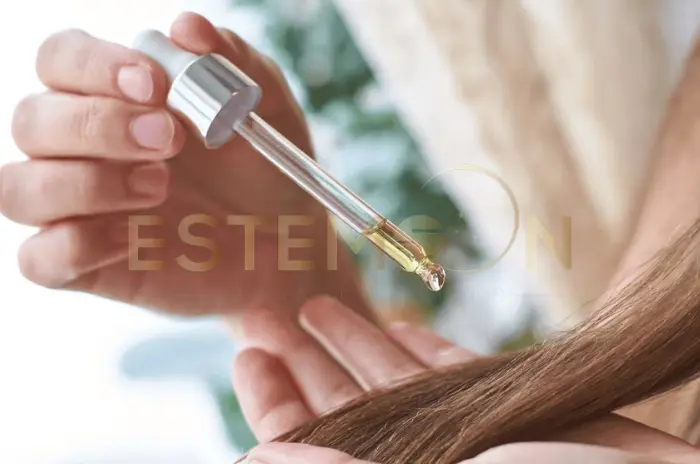
Jojoba Oil: Balancing Oil Production
Key Benefits:
Balances oil production on the scalp
Hydrates without making hair greasy
Lightweight texture
Best For:
Oily or combination hair types
How It Helps:
Jojoba oil is unique because it closely resembles the natural oils (sebum) produced by the scalp. This makes it an excellent choice for those with oily or combination hair, as it can help balance oil production. It hydrates the scalp and hair without causing the greasy buildup often associated with oil-heavy products. Jojoba oil is also known for its ability to restore the scalp’s natural pH, promoting overall scalp health and preventing dandruff.
Almond Oil: Lightweight Nourishment
Key Benefits:
Lightweight and non-greasy
Rich in vitamin E and omega-3 fatty acids
Provides nourishment and softness
Best For:
Fine or thin hair types
How It Helps:
Almond oil is an excellent option for those with fine or thin hair. Its lightweight texture ensures that it nourishes the hair without making it heavy or greasy. Rich in vitamin E, almond oil helps repair damaged hair and adds a natural shine. The omega-3 fatty acids in almond oil also help strengthen hair, reducing breakage. Almond oil is perfect for individuals who want to keep their hair healthy without compromising volume.
Olive Oil: Repair and Conditioning
Key Benefits:
Deeply nourishes and conditions hair
Promotes hair growth
Repairs damaged strands
Best For:
Dry, damaged, or color-treated hair
How It Helps:
Olive oil is a classic and trusted oil for hair care, especially for repairing and conditioning dry or damaged hair. The oil is packed with antioxidants, vitamins A and E, and fatty acids, which help restore moisture, shine, and strength to the hair. Olive oil also works wonders for color-treated hair, helping to prevent further damage and enhancing the vibrancy of color-treated strands. It improves hair elasticity, making it less prone to breakage.
How to Apply Hair Oil Correctly
For maximum effectiveness, it’s crucial to apply hair oil correctly. Here’s a step-by-step guide to ensure you get the best results:
1. Start with a Small Amount
Begin with just a few drops of oil, especially if you’re new to hair oils. You can always add more if needed.
2. Apply to the Scalp
Gently massage the oil into your scalp using your fingertips. This promotes blood circulation, which helps stimulate hair growth.
3. Work Through the Hair
Work the oil from the roots to the ends. Focus more on the ends if your hair is prone to dryness or split ends.
4. Leave It In
Depending on the oil you use, leave it in for anywhere between 30 minutes to overnight. For deep conditioning, it’s best to let the oil sit overnight.
5. Wash Thoroughly
After the recommended time, wash your hair thoroughly with a gentle shampoo to remove any excess oil.
Common Hair Oil Mistakes to Avoid
While hair oils offer numerous benefits, there are a few common mistakes people make that can limit the effectiveness of these treatments:
1. Using Too Much Oil
Using excessive amounts of oil can weigh down your hair, making it greasy and limp. Start with a small amount and add more if necessary.
2. Applying Oil to Wet Hair
For best results, apply hair oil to dry or slightly damp hair. Wet hair may not absorb the oil as effectively, and it can also dilute the oil’s benefits.
3. Not Washing Out Properly
Leaving oil in your hair for too long or not rinsing it properly can cause product buildup, which can lead to scalp issues such as clogged pores or dandruff.
4. Choosing the Wrong Oil
Not all oils are suitable for every hair type. Choose an oil that matches your specific hair concerns. For example, if you have fine hair, opt for a lightweight oil like almond or jojoba oil.
Do Essential Oils Really Help Hair Grow?
Essential oils can significantly contribute to hair health and growth, but they are not a miracle solution on their own. They work best when combined with a balanced diet, good scalp care, and healthy lifestyle practices. While essential oils do stimulate hair follicles and promote circulation, their effectiveness depends on consistent use and proper application. It’s also important to note that results may vary depending on individual hair types and the causes of hair loss.
Essential oils like rosemary and peppermint improve blood circulation, which can stimulate hair growth. Lavender and tea tree oil help prevent hair loss by reducing scalp inflammation and addressing issues like dandruff. However, if hair loss is caused by underlying conditions like hormonal imbalances, genetics, or stress, essential oils may provide supplementary support but won’t be a complete solution. For optimal results, use essential oils in combination with other hair care treatments and consult with a healthcare professional for personalized guidance.
FAQ
How do I choose a hair oil?
To choose the right hair oil, consider your hair type and concerns. For dry or damaged hair, try coconut or olive oil for deep moisture. Argan oil works well for frizz and shine, while castor oil helps with hair growth. Jojoba oil is ideal for oily scalps, and almond oil is great for fine hair due to its lightweight nourishment.
What are the best hair oils?
The best oils vary based on your needs. Coconut oil is perfect for dry hair, argan oil controls frizz, castor oil promotes growth, olive oil repairs, jojoba oil balances oil production, and almond oil provides light nourishment for fine hair.
How do I apply hair oil?
Start with a few drops of oil, apply it to your scalp, and massage gently. Work the oil through your hair, focusing on the ends. Leave it in for 30 minutes to overnight, then wash it out with shampoo.
How do I identify my hair type?
To identify your hair type, assess its texture (fine, medium, or coarse), oiliness (dry, oily, or balanced), and condition (damaged, healthy, or frizzy). This helps in choosing the right oil for your hair.
Follow us on social media for updates, tips, and patient success stories:

